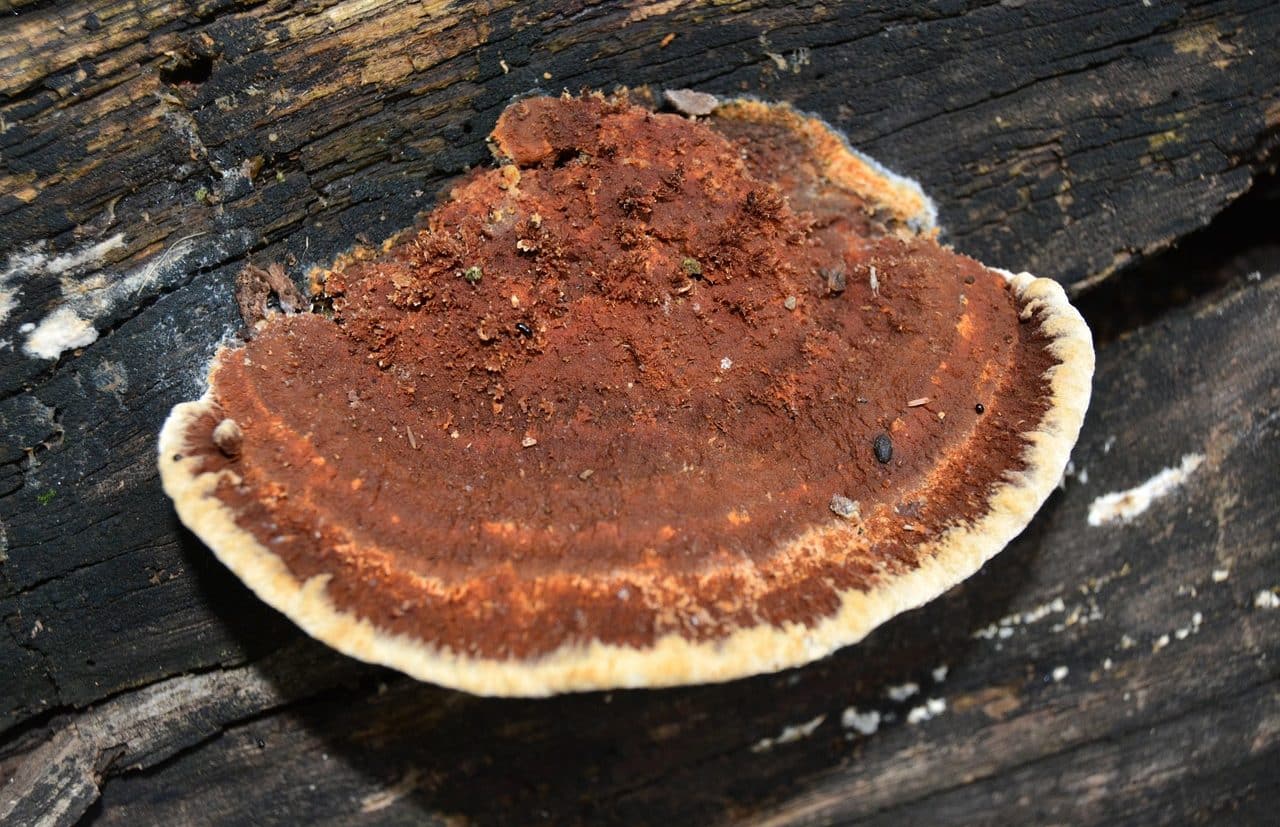
Bioremediation consists of using microorganisms to recover environmental conditions or treat a substance.
Bioremediation is a term that has its origins in the English word bioremediation . The concept allows reference to the use of microorganisms to treat a substance or to recover environmental conditions.
As the word suggests, bioremediation appeals to living organisms to remedy a fact. Bacteria , fungi and even certain plants can absorb and degrade polluting elements, thus cleaning the soil, water or the environment in general. Bioremediation helps nature overcome an imbalance and thus recover an ecosystem that has experienced some kind of damage due to pollution.
Objective of bioremediation
The purpose of bioremediation, therefore, is to reverse a situation in which the presence of contaminants has altered the natural characteristics of the environment .
With the use of microorganisms it is possible to combat contamination that is initially inaccessible: for example, an oil spill that entered the soil and could affect groundwater. Digging, in this case, would be more expensive and complex than resorting to bioremediation. This is just one of its advantages, among which we can highlight its viability, its simplicity and the contribution of nutrients through composting processes.
In a spill of this type, fertilizers with sulfates or nitrates can be added that promote the reproduction of bacteria. These microorganisms help break down crude oil .
Bioremediation processes can be monitored through control of pH , redox potential , oxygen level or temperature , among several other parameters. The specialty that drives these processes and exercises their supervision is biotechnology (the area of technology that uses biological resources).

Mycoremediation is a bioremediation method that uses fungi.
Its link with genetic engineering
Regarding the use of genetic engineering in this context, its importance is very great since it gives rise to the creation of organisms specifically designed to implement bioremediation in a well-defined environment and with a well-defined objective.
A very common example can be seen in the modification that scientists made to the bacteria Deinococcus radiodurans , one of the organisms most capable of resisting radiation, so that it could consume the mercury ions and toluene present in high-level nuclear waste. of radiation.
Bioremediation methods
One of the most well-known bioremediation methods is called mycoremediation . The term was made known by the American mycologist and writer Paul E. Stamets , and consists of the use of fungi for the purpose of decontaminating soil . In more technical terms, mycoremediation consists of using fungal mycelia, that is, the mass composed of networks of filaments that are part of the vegetative body of fungi.
The use of fungi in bioremediation is very logical, since one of their most important roles in ecosystems is decomposition, which is carried out by mycelia. They secrete extracellular acids and enzymes that collaborate with the degradation of cellulose and lignin (plants have these two components in their cell wall, and they are the most important).
Cellulose and lignin have extensive chains of hydrogen and carbon in their composition, with strong bonds that make wood and plant fibers especially robust. Their chemical structures resemble those of various contaminants today, and precisely one of the main points of mycoremediation is to find the most suitable strain of fungi for the treatment of different types of contaminants, a principle that applies to the bioremediation in general and, why not, to medicine: each disease or disorder must be treated with the appropriate medication.
